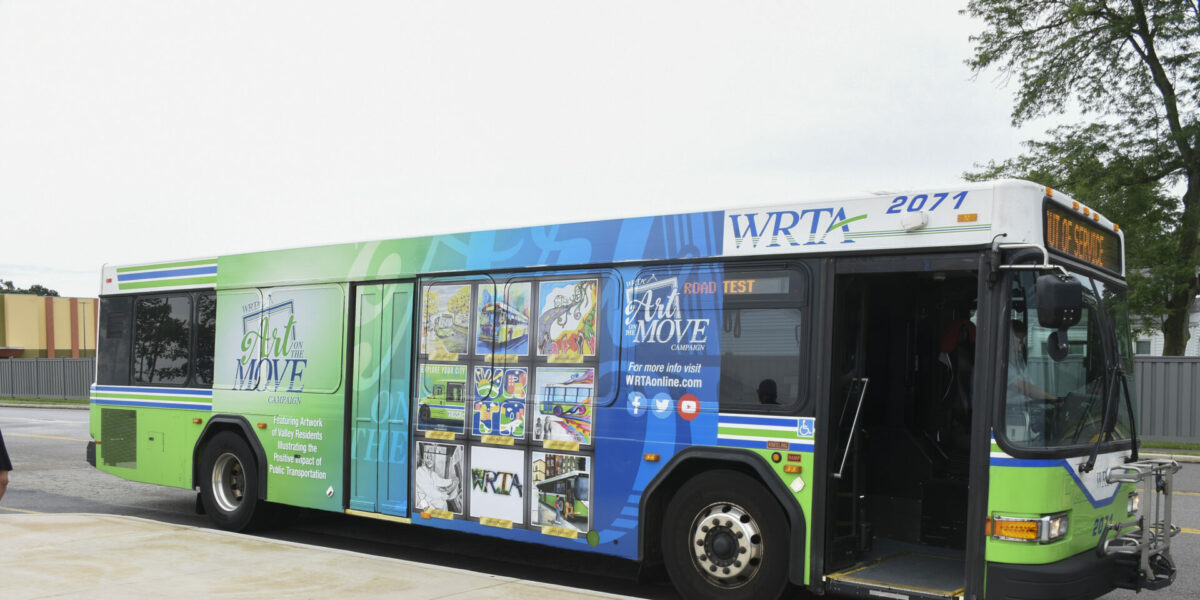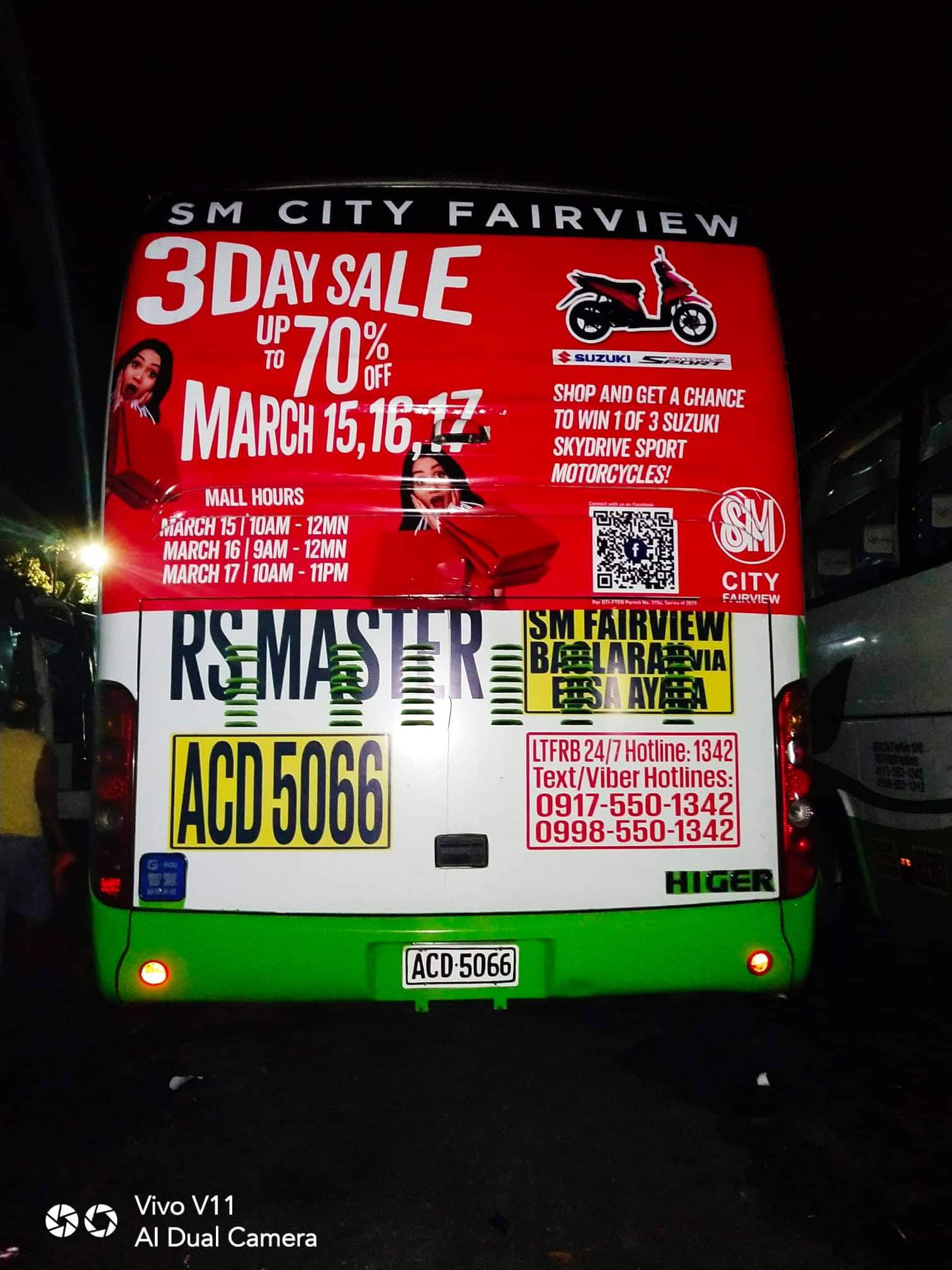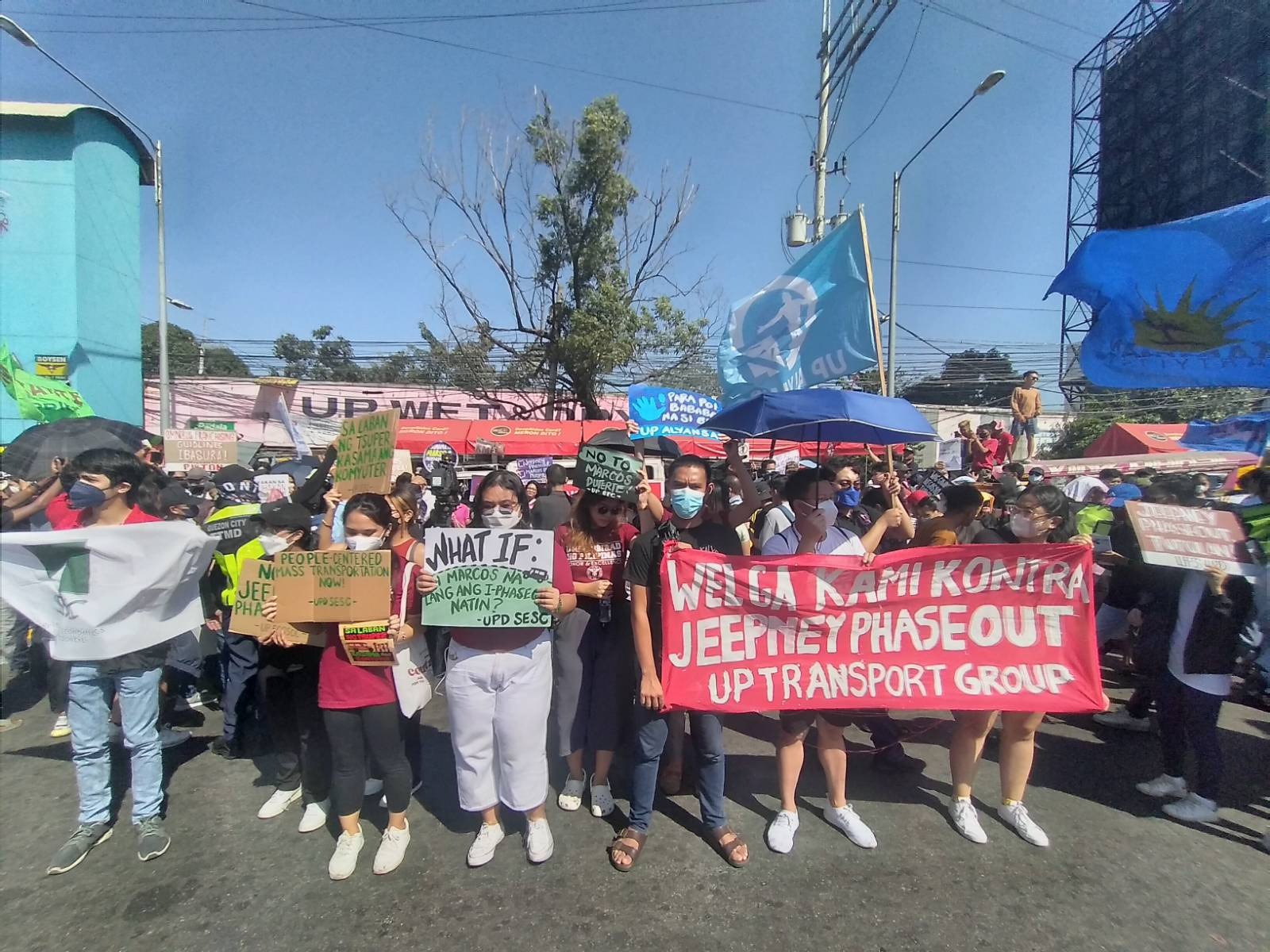Exactly How Transportation Marketing Can Transform Mass Transit Spaces Into Dynamic Advertising And Marketing Platforms
Transportation marketing holds significant potential to redefine public transportation spaces right into lively advertising and marketing systems that inform and engage. As we discover the complex advantages and progressing methods of transit advertising and marketing, it increases the concern of exactly how this improvement might redefine our interactions with both brands and the city setting.
Benefits of Transit Advertising

Furthermore, transportation advertising is highly cost-efficient compared to typical media. It allows marketers to accomplish high impacts at lower prices, making best use of roi. The captive target market of travelers supplies a chance for brand names to convey their messages to people who are frequently responsive during their traveling times.
Additionally, the vibrant nature of transportation advertising and marketing permits campaigns to be updated often, making sure that messaging stays timely and pertinent. This versatility can be vital in reacting to market fads or marketing occasions, keeping the brand name top-of-mind for consumers. Last but not least, the prevalent visibility of transit advertising adds to brand name recall; duplicated direct exposure within acquainted traveling contexts reinforces brand name recognition and fosters customer loyalty, eventually enhancing and driving sales brand name online reputation.
Kinds Of Transit Marketing
Public transportation systems offer numerous layouts for advertising, each accommodating various advertising and marketing strategies and target market involvement methods. One famous type is external bus and train covers, which cover the entire lorry and produce a mobile signboard result, allowing for high presence in urban atmospheres. These wraps can record focus as they pass through hectic roads, reaching a diverse target market.
Another prominent layout is indoor marketing, that includes posters, digital displays, and ads on transit seats. These placements engage passengers during their journey, strengthening brand messaging in a confined room. Digital shows, particularly, supply the benefit of vibrant content, enabling marketers to update messages in real-time.
Station advertising and marketing is additionally substantial, featuring posters, banners, and interactive kiosks within transit terminals. These ads utilize foot web traffic and can target particular demographics based upon place.
Lastly, advertising collaborations with transportation authorities can result in distinct projects, such as themed transit experiences or occasions, enhancing the total engagement with commuters. Each type of transportation advertising and marketing supplies distinct advantages, allowing brands to customize their method to properly reach their target audience within the general public transport environment.
Engaging Commuters Properly
Commuters are increasingly inundated with marketing messages throughout their everyday trips, making it necessary for brands to involve them in innovative methods. To catch interest in this congested space, advertisers must focus on creative thinking and importance. Utilizing appealing visuals and succinct messaging can substantially improve the chance of involvement.
Interactive components, such as QR codes or increased fact functions, can likewise change static advertisements into immersive experiences, fostering a deeper link with the audience. Brands ought to concentrate on addressing travelers' demands and passions, customizing messages to resonate with their way of living, whether via promos for neighborhood organizations or services designed to improve their travelling experience.
Additionally, timing plays a vital function; purposefully placing advertisements throughout peak travelling hours can maximize visibility and impact. Engaging commuters effectively also involves leveraging social networks combination, permitting travelers to share their promotions or experiences straight from transit platforms, therefore intensifying brand reach.
Essentially, reliable interaction depends upon recognizing the traveler journey and developing engaging, interactive, and relevant advertising and marketing experiences that not just capture focus yet also drive activity and commitment. By doing so, brands can change public transport into a vibrant advertising platform that resonates with its target market.

Measuring Advertising And Marketing Impact
How can brands accurately analyze the effectiveness of their ad campaign en route environments? Measuring the impact of transportation advertising and marketing needs a complex approach that integrates qualitative and quantitative metrics. One common method is tracking engagement with mobile analytics, where brand names can evaluate foot website traffic patterns and application communications previously, during, and after campaigns.
Studies can offer important understandings right into brand recall and consumer view, permitting look at here now brand names to evaluate how well their messages resonate with commuters. In addition, keeping an eye on social media sites interaction pertaining to particular campaigns can expose shifts in public understanding and brand name discussion.

Moreover, teaming up with transit agencies can improve measurement precision, as they typically have in-depth market Recommended Site information on ridership trends. By integrating these approaches, brands can create a detailed understanding of their marketing effectiveness, guaranteeing that their projects not just reach however additionally influence their target audiences efficiently.
Future Fads en route Advertising
A significant shift is anticipated in transit marketing as technical innovations and transforming customer habits reshape the landscape. Transit Advertising Philippines. The assimilation of interactive media and digital display screens is expected to boost interaction, allowing brands to provide vibrant content that reverberates with diverse audiences. As public transport systems embrace clever innovation, marketers will utilize real-time information analytics to customize messages based upon guest demographics and actions
In addition, boosted fact (AR) is positioned to reinvent the way commuters communicate with advertisements. By offering immersive experiences, AR can transform a mundane trip right into an engaging story that catches attention and cultivates brand name commitment. This advancement will likely encourage marketers to develop even more experiential campaigns that drive consumer interaction.
Sustainability is an additional critical fad affecting transit advertising and marketing. As environmental consciousness grows, brands will significantly seek to straighten with green techniques, making use of lasting materials and advertising environment-friendly initiatives within their projects.
Final Thought
In final thought, transit marketing provides substantial advantages by enhancing brand name visibility and engaging a captive target market. As patterns evolve, the potential for cutting-edge interactions between travelers and brand names is positioned to grow, ensuring that transportation advertising and marketing stays a crucial component of modern-day marketing methods.
Transportation advertising holds significant potential to redefine public transportation spaces right into vibrant advertising and marketing platforms that involve and inform. The prevalent visibility of transit marketing adds to brand recall; repeated direct exposure within acquainted traveling contexts reinforces brand name recognition and cultivates customer commitment, eventually driving sales and enhancing brand track record.
Just how can brands precisely assess the efficiency of their marketing campaigns in transit environments?In conclusion, transit marketing offers considerable benefits by improving brand name visibility and engaging a captive target market. Transit Advertising Philippines. As fads evolve, the possibility for ingenious interactions in between travelers and brand names is poised to expand, ensuring that transit advertising click this stays an important element of contemporary advertising techniques